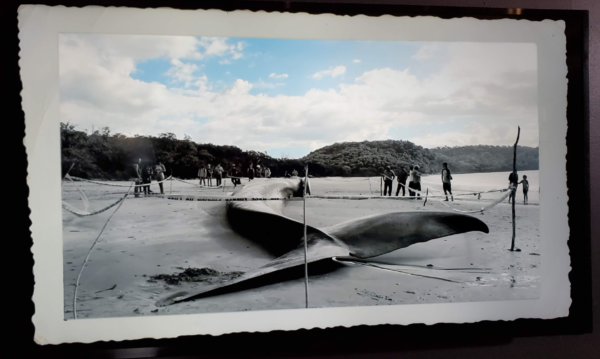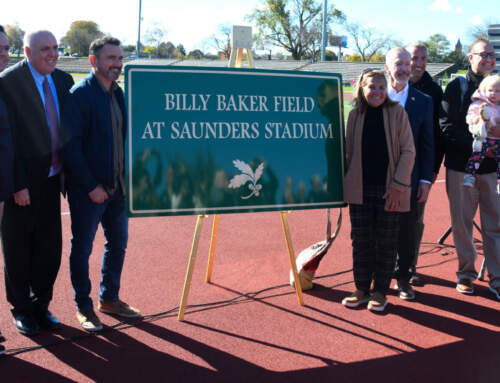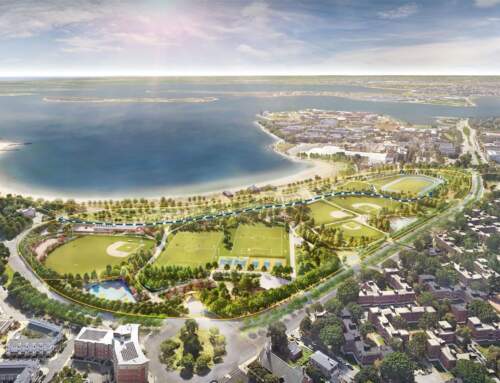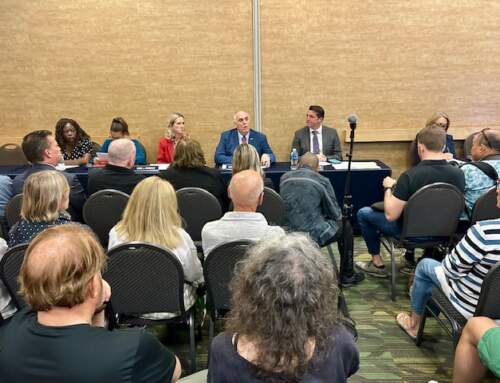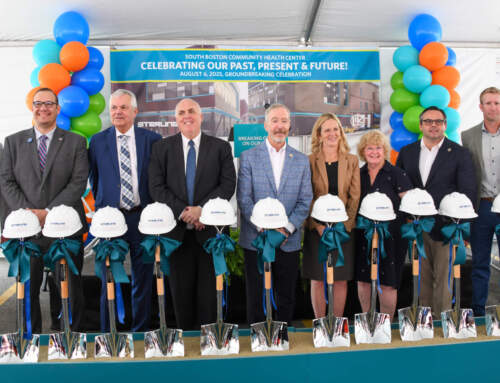By Ginger DeShaney
Artists Allison Maria Rodriguez, Franklin Marval, and Carolina Aragón are doing their part to bring attention to climate change.
Because climate change is an urgent matter, “it makes sense that artists will be responding to that,” Allison said.
“The climate for climate art is good because there is a lot going on and there’s a lot at stake,” said Carolina. Artists have the capacity to reach a lot of people through their work. “That’s an artist’s superpower,” she said.
The trio talked about their art Wednesday night via Zoom during the second talk in the WeSPOKE Gallery series. “Art, Climate, and Boston” was moderated by Donna Brown, executive director of South Boston Neighborhood Development Corporation and a SPOKE board member, at the Gallery on Summer Street in South Boston.
SPOKE is an arts organization whose mission is to activate the transformative power of art, to heal division, to build community, and to drive social change, said Gregory Liakos, SPOKE’s interim executive director.
Donna asked the members of the panel how they see themselves in the continuum of artists who have addressed the issue of environment, climate change, and human beings’ impact on the planet.
“From my perspective it’s all about grappling with our role and our emotions as humans in our world and dealing with very difficult, very hard and sad realizations,” said Carolina. “My personal way of coping with this difficulty is by almost doing the opposite. Trying to do something that’s really beautiful and moving … I think that to sit with this discomfort, one has to also connect to what is good about us humans. And to be more sensitive to the environment one has to appreciate and see the beauty.”
Carolina, an assistant professor in the Landscape Architecture and Regional Planning Department at the University of Massachusetts Amherst, has concentrated her work in recent years on visualizing the effects of climate change in ways that are easier to understand, approachable, and engaging. Her project, FutureSHORELINE, which is floating in Fort Point Channel, shows the projected flooding for the area due to sea level rise.
Her climate work is not about trying to make people feel bad, but to be straightforward about the news she’s trying to deliver. “I try to be accurate in the projections. And just sort of that honesty. There’s beauty in the honesty,” she said.
For Allison, it’s about the role of the artist in society. “I see the role of the artist as a cultural worker,” she said. “We are the ones creating culture. It’s up to us to think outside the box, to look at things differently, to break rules, to analyze. The real value in an artist is not necessarily the product or the thing they create, but it’s the way they think about the world.”
Allison works mostly in video installation and new media and concentrates on climate change, species extinction, and the interconnectivity of existence.
Her “Once in a Lifetime” video installation, currently displayed in the SPOKE Gallery, came about from her time volunteering in Costa Rica and her experience seeing a blue whale wash ashore.
Her installation “has a heavy, beautiful, and sad quality to it and it’s very much a memorial, but it’s not a memorial to just this particular whale, though I am honoring that particular whale … but I’m also honoring the place in ourselves that is connected to that whale that is also lost. So I’m potentially asking the viewer to feel intimately connected to both the whale and these little hatchling turtles you see there struggling to survive.”
Allison’s idea is for the viewer to feel first and think second.
“I try to create this moment or opportunity for the viewer to open themselves up to the possibility of seeing the world differently, feeling connected to something outside yourself,” she said. “And when I’m asking the viewer to be open, there’s a point of vulnerability there, but I think there’s a lot of strength in that vulnerability, that interconnection, and that’s really the key to our species’ survival.”
In answer to Donna’s question, Franklin simply said: “I think we can do better.”
He noted friends who are creating art and jewelry from cardboard and recycled materials, “and it’s beautiful.
“Yes, we can do better,” said Franklin, who works as a senior graphic designer at Cyanta Studio in Boston and who provides opportunities for people to participate and collaborate. “We can connect and move forward together.”
Franklin and Allison are working with SPOKE on “New Art in Old Colony,” an initiative in South Boston’s Old Colony neighborhood addressing climate change and other issues facing the community.
Donna said the issue of climate change is becoming more important, noting that South Boston is surrounded by the ocean and yet the neighborhood hasn’t historically prioritized climate action or green spaces.
“As a group of nonprofits here in South Boston we’ve been trying to collaborate,” said Donna, who really wanted to work with Medicine Wheel/SPOKE as an arts organization “to find ways to engage people around this issue of climate action and to reach them in a different way than as an activist.”
Michael Dowling, founder of Medicine Wheel, said: “As artists, you really believe that art has the power to invite people to locate themselves in all situations in life … like climate change. Your work is so compellingly beautiful.
“The work really is about the human condition and the impact that climate change has on the human condition, on immigration, on migration, on crops, on the weather, on everything imaginable.”
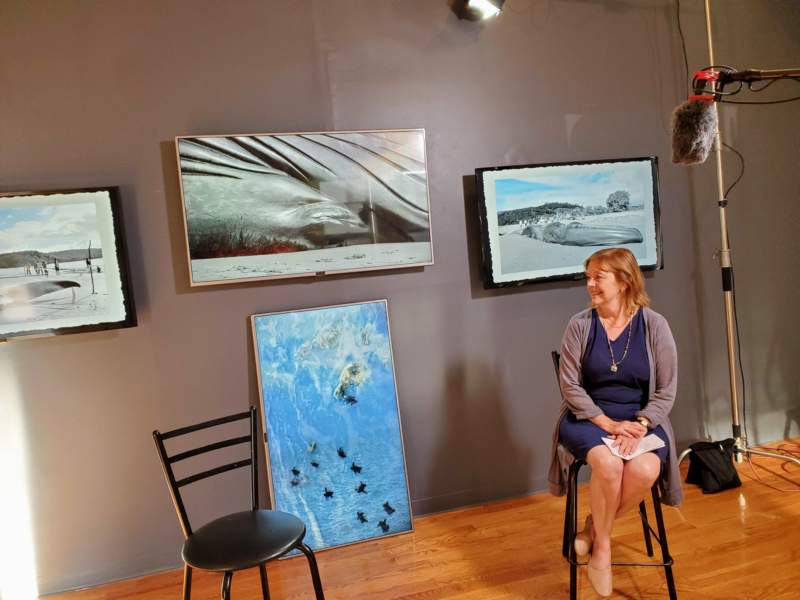
Donna Brown, Executive Director of South Boston Neighborhood Development Corporation and a SPOKE board member, moderated the talk.
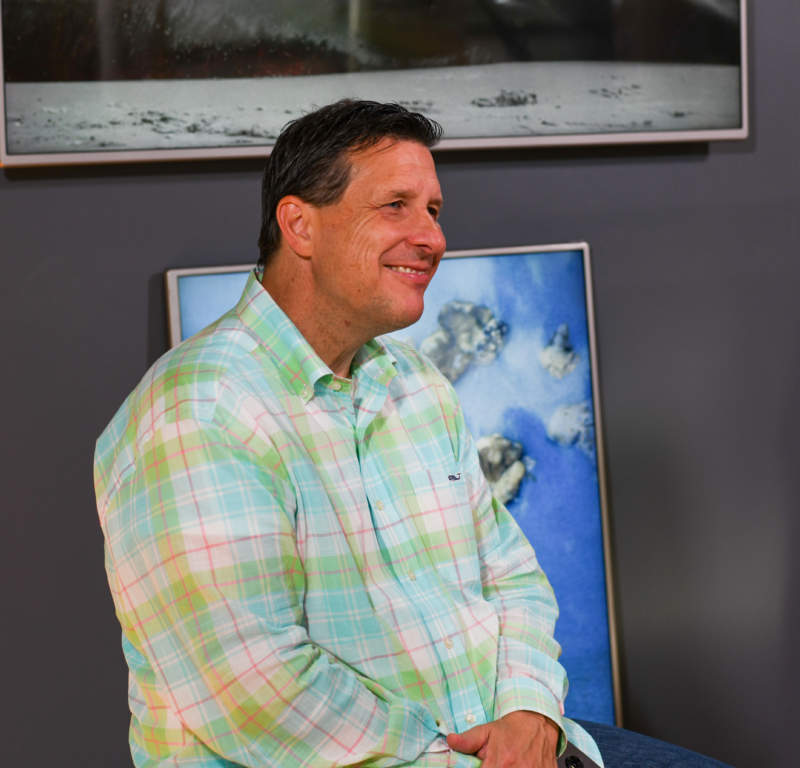
SPOKE is an arts organization whose mission is to activate the transformative power of art, to heal division, to build community, and to drive social change, said Gregory Liakos, SPOKE’s interim executive director.
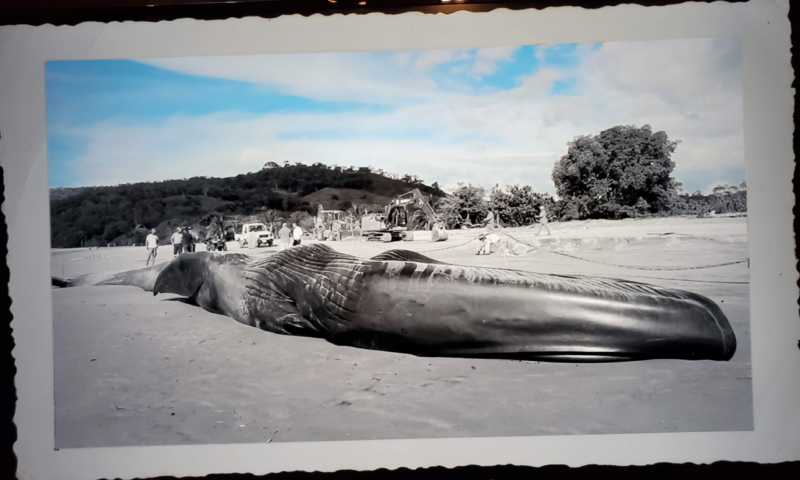
Part of Allison Maria Rodriguez’ installation, “Once in a Lifetime.”

